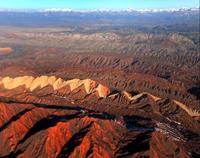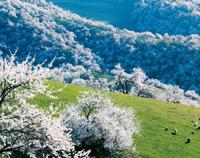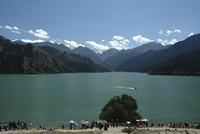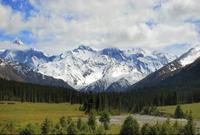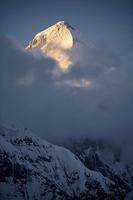You are in: Asia -> China -> Xinjiang Tianshan, and traditional search or Image Gallery will yield results of this site only
Xinjiang Tianshan
| Site number: | 1414 |
|
| Type of site: | natural | |
| Date of Inscription: | 2013 | |
| Location: | Asia, China, Xinjiang | |
Up to 75 images are shown here. Click on each for more details or on Image Gallery for more images.
Six official UN languages:
Arabic,
Chinese,
English,
French,
Russian,
Spanish
Other languages: Armenian, Azerbaijani, Basque (Euskara), Belarusian, Bengali, Bulgarian, Catalan, Croatian, Czech, Danish, Dutch, Esperanto, Estonian, Finnish (suomi), Georgian, German, Hebrew, Hindi, Hungarian, Indonesian, Italian, Japanese, Korean, Kyrgyz, Latvian, Lithuanian, Malayalam, Marathi, Mongolian, Norwegian-bokmål, Norwegian-nynorsk, Persian, Polish, Portuguese, Punjabi, Slovenian, Swedish, Turkish, Ukrainian, Urdu, Vietnamese, Welsh
Other languages: Armenian, Azerbaijani, Basque (Euskara), Belarusian, Bengali, Bulgarian, Catalan, Croatian, Czech, Danish, Dutch, Esperanto, Estonian, Finnish (suomi), Georgian, German, Hebrew, Hindi, Hungarian, Indonesian, Italian, Japanese, Korean, Kyrgyz, Latvian, Lithuanian, Malayalam, Marathi, Mongolian, Norwegian-bokmål, Norwegian-nynorsk, Persian, Polish, Portuguese, Punjabi, Slovenian, Swedish, Turkish, Ukrainian, Urdu, Vietnamese, Welsh
| Description: | Xinjiang Tianshan comprises four components—Tomur, Kalajun-Kuerdening, Bayinbukuke and Bogda— that total 606,833 hectares. They are part of the Tianshan mountain system of Central Asia, one of the largest mountain ranges in the world. Xinjiang Tianshan presents unique physical geographic features and scenically beautiful areas including spectacular snow and snowy mountains glacier-capped peaks, undisturbed forests and meadows, clear rivers and lakes and red bed canyons. These landscapes contrast with the vast adjacent desert landscapes, creating a striking visual contrast between hot and cold environments, dry and wet, desolate and luxuriant. The landforms and ecosystems of the site have been preserved since the Pliocene epoch and present an outstanding example of ongoing biological and ecological evolutionary processes. The site also extends into the Taklimakan Desert, one of the world’s largest and highest deserts, known for its large dune forms and great dust storms. Xinjiang Tianshan is moreover an important habitat for endemic and relic flora species, some rare and endangered. --WHMNet's description is from WHC Site, where additional information is available. | |
| The Tian Shan, also spelled Tien Shan, is a large system of mountain ranges located in Central Asia. The highest peak in the Tian Shan is Victory Peak (Jengish Chokusu), 7,439 metres (24,406 ft). Local names for the ranges include: 天山 (Chinese; pinyin: Tiān Shān; Wade–Giles: T'ien1 Shan1; literally "Celestial Mountains"), Хан Тәңірі (Kazakh; Khan Tengri; literally "Empyrean God"/"Heavenly Mountains"), Теңир-Тоо (Kyrgyz; Tengri-Too; literally "Heavenly Mountains"/"God's Mountains"/"Mountains of Tengri"), Тэнгэр уул (Mongolian; "Tenger Uul";"Heavenly Mountains") and تەڭرى تاغ (Uyghur; Tengri Tagh). The Chinese name for Tian Shan may be derived from the Xiongnu language name Qilian (Tsilien; Chinese: 祁连), which was described by Sima Qian in the Records of the Grand Historian as the homeland of the pre-Xiongnu peoples of the region, the Yuezhi, and has been said to refer to the Tian Shan rather than to the range 1,500 kilometres (930 mi) further east now known by this name.[1] The nearby Tannu-Ola Mountains (Tuvan: Таңды-Уула Tangdy-Uula) bear the same name ("heaven/celestial mountains" or "god/spirit mountains"). --Wikipedia. Text is available under the Creative Commons Attribution-ShareAlike License. | ||
| Source: | http://whc.unesco.org/en/list/1414 | |
| Source2: | Wikipedia (http://wikipedia.com) | |
| Reference: | 1. UNESCO World Heritage Center (http://whc.unesco.org/en/list/1414). 2. Wikipedia. | |



